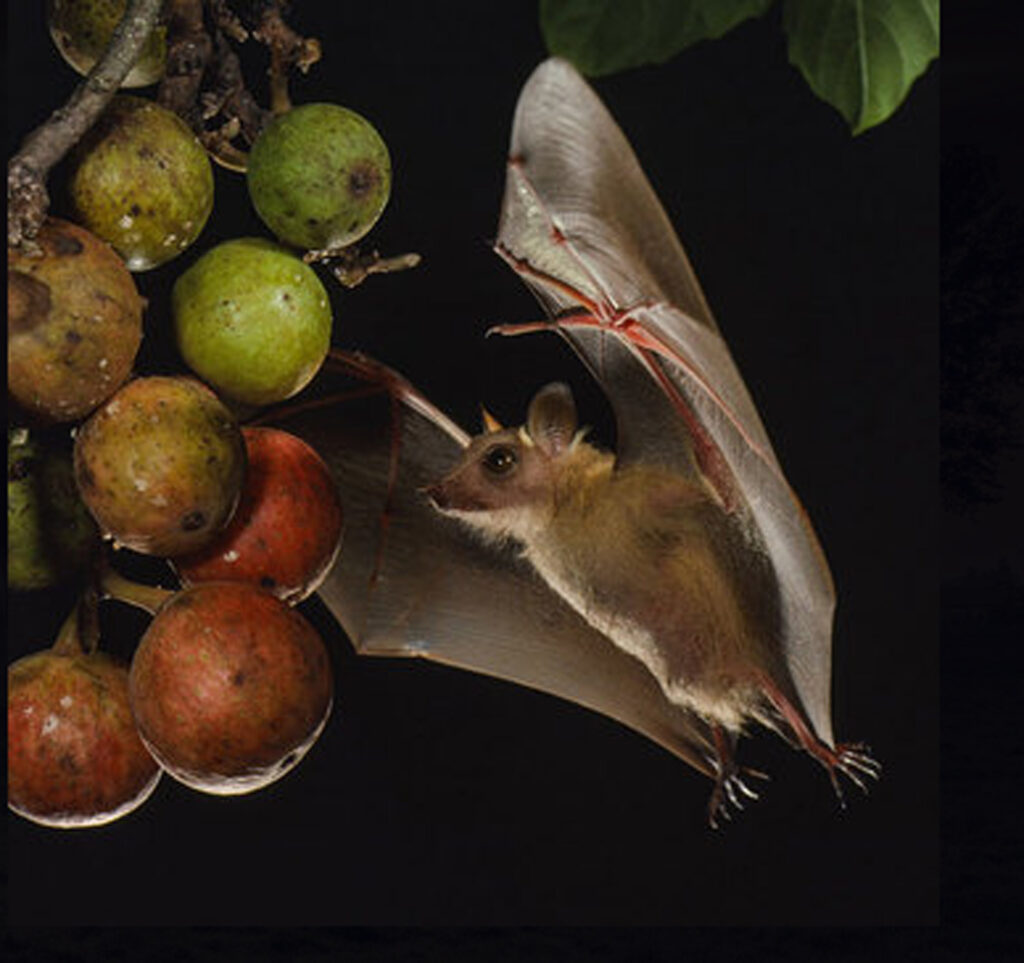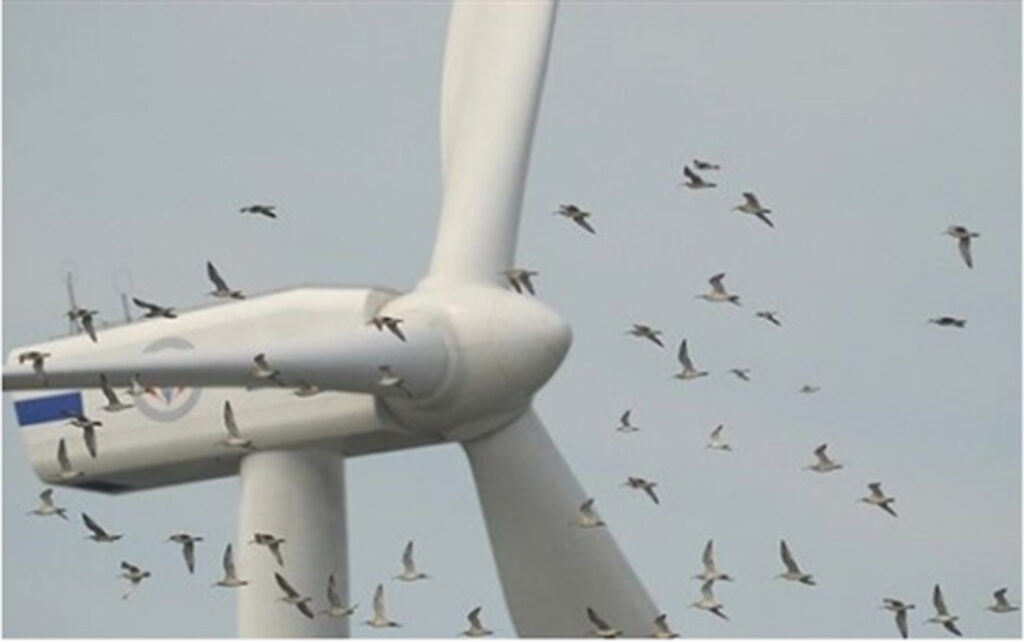Nuisances of Bats
Stains and droppings. There can be a pungent odor if guano and urine get deposited in large amounts. Cockroaches and other insects may be attracted to these guano deposits.
Bats in buildings and caves
stains and droppings. There can be a pungent odor if guano and urine get deposited in large amounts. Cockroaches and other insects may be attracted to these guano deposits. Food items may get contaminated when bats take up residence in hotels, restaurants, and warehouses.
Bat colonies in houses or buildings are usually small. Their droppings are usually dry or harmless and the bats do no damage to timber, paintwork, or other parts of the structure of the building. Many people welcome the presence of bats in their buildings since they are an integral part of the environment.
Maternity colonies in buildings often disperse once the young bats are weaned and are independent. Some hibernating species may move into buildings during the late fall and winter. In tropical and subtropical regions, many species of Free-tailed bats of the genus Tadarida frequently reside in human dwellings. Many other bat species also occupy human dwellings.
Bats that live in caves do not cause much nuisance for humans. One has to be careful while visiting such caves. The foul smell of guano, chances of getting rabies, and also the fact that guano accumulations may support a wide variety of arthropods ranging from mites and millipedes to cockroaches and dermestid beetles. Bites from any of these Arthropods may transmit various pathogens to the unsuspecting visitor. Ammonia produced by the decomposing guano may cause breathlessness and nausea. In bats like T. brasiliensis and the little brown bat have shown that when ammonia concentration increases, the mucus in the respiratory tract neutralizes it by using Carbon dioxide retained in the blood. Ammonia concentration may enhance the susceptibility to airborne diseases. Chickens were found to be highly susceptible to Newcastle virus exposure after several days in an ammonia atmosphere. Rabies, histoplasmosis, and other airborne pathogens must be similarly augmented.
Bats and fruit crops

Fruit-eating bats fall under two categories of tropical and sub-tropical families: the Phyllostomidae [Microchiroptera] in the New World and Pteropodidae [Megachiroptera] in the Old World. These bats feed on mango, banana, papaya, breadfruit, avocado, and sapota. This is a pittance when compared to the damage caused by the other pests.
Bats and Aircraft
High-speed collisions with birds are known to cause accidents to aircraft in flight. Once bats caused considerable damage to aircraft. This happened in Randolph Air Force Base in Texas. The majority of bat strikes occurred during taking off and landing below 2500 feet. The loss of several expensive aircraft prompted the United States Air Force to finance a study of the Bracken Cave bats. It was found in the study that when bats left the cave to forage, they formed a radar detectable cloud about 32 km in diameter. The Air Force has been able to co-exist with the bats by modifying its evening flight activities and using radar to alert departing or inbound flights.

Vampire Control

Vampire bats are an extremely resilient foe, whether it is of humans or cattle. Sleeping in the presence of light or placing a light in livestock corrals. Humans may sleep under mosquito nets or may use a bell or other sounds in areas around livestock compounds.
Strychnine-laced syrup mixtures have been applied around fresh wounds, in an attempt to kill the individual vampire bat that may attack the same wound on the livestock again. Also, attack sites on livestock are smeared with petroleum jelly mixed with an anticoagulant. The ingested anticoagulant causes death by internal bleeding.
House bat management
Various methods can be used to evict house bats. Naphthalene flakes, burning Sulphur candles, or other aromatic substances are often ineffective and may be dangerous or irritating to human occupants. Various types of lights may be used to illuminate the roosting sites. Bats do not prefer draughty locations to roost. Opening doors and windows or artificially creating a draught with electric fans is possibly an effective way of evicting house bats. The best way to evict unwanted house bats is to deny them access to human habitation.
Control of fruit-eating bats
Crop destruction is usually restricted to local areas. Noise or odor making devices and lights can be used. Bounty system and massive shooting have been found unsuccessful. Strychnine-laced baits were employed against Pteropus in Australia and used against Artibeus and Carollia in Trinidad. This method is limited in use because poisoned fruits may also be eaten by unsuspecting humans [children] or non-pest animals.
Beneficial aspects of Bats
Insectivorous bats can be used to control arthropod pests. Guano can be used as a source of organic fertilizer when extensive deposits occur. Large fruit bats are often cooked and eaten in many parts of Africa and Asia. Fruit bats are considered a great delicacy by the Chinese. Hibernation makes bats age slowly. Echolocation in bats can be used to construct functional ultrasonic orientation systems for the blind. The sensitivity of bats to DDT and other chlorinated hydrocarbon make them valuable indicators of these toxic substances in the environment. Nectar -feeding bats help in pollination and seed dispersal. Soil enriched with bat guano is a rich source of saltpeter which is used in the production of gun powder and other explosives.
References;
1] Bats
Hill J.E. & Smith J. D.(1984), Bats: A Natural History.
2] Images Retrieved from:





